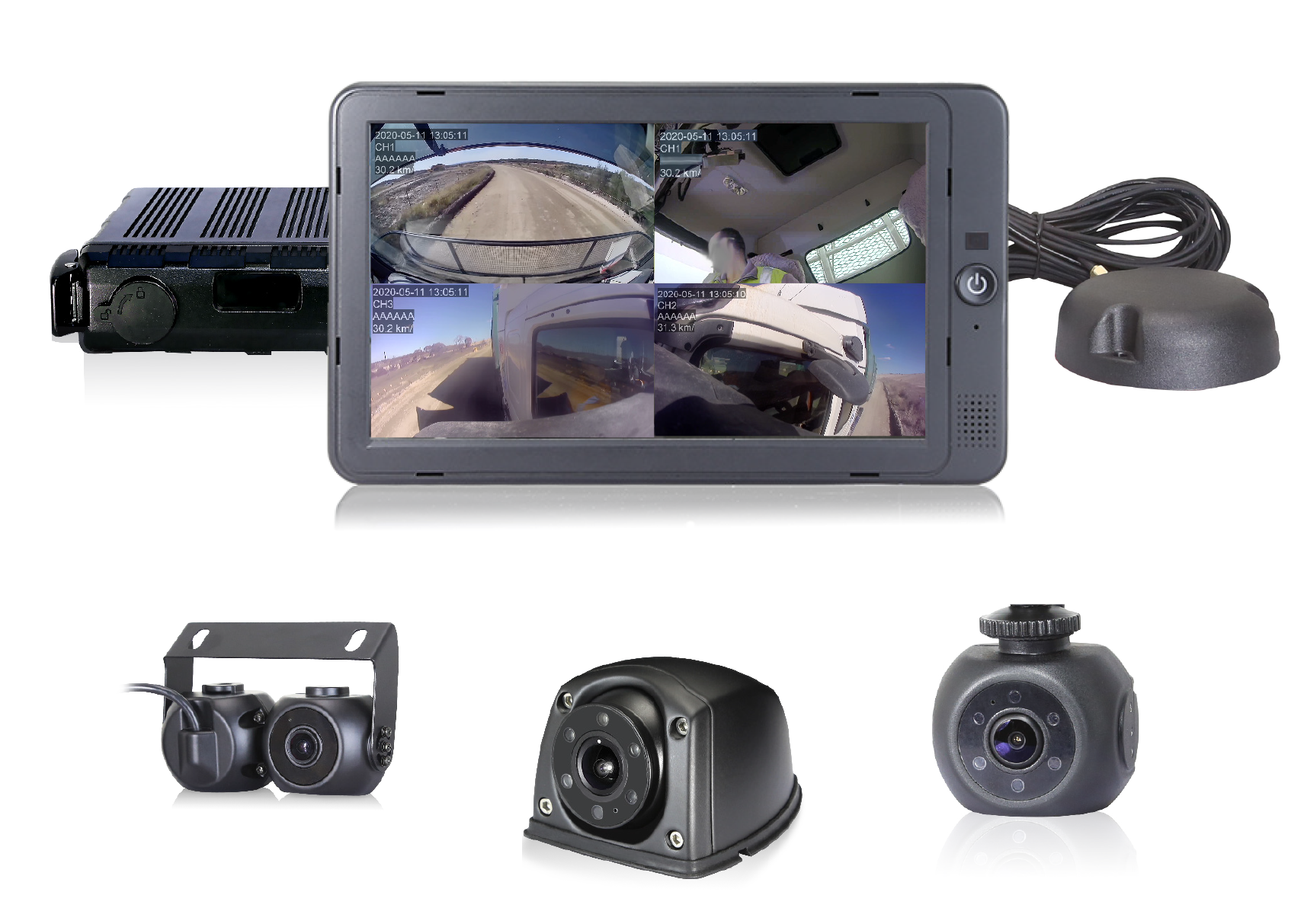Teletrac Navman has launched its multi-camera solution for trucks in New Zealand, which integrates with its recently released AI-powered software,TN360.
Designed specifically for transport and logistics operators, Teletrac Navman’s high-definition multi-camera solution captures more than ten days of rolling footage, available to view from the back-office without the need to physically get into the vehicle. The camera solution also triggers real-time alerts for out of the ordinary road events, such as harsh braking or swerving via G-force sensors, making it a highly valuable tool for analysing road collisions, and recording the behaviour of other road users for insurance and legal claims.
With the ability to have up to four cameras, in a combination of forward-facing, driver-facing, left and right-side cameras, it gives a comprehensive view of each vehicle. Fleet operators have the option to choose how many and what cameras to use, and how they are used. The camera solution integrates into Teletrac Navman’s TN360 AI-based system, alongside GPS tracking data, speed, and other vehicle and driver information to give a deeper level of insight into what’s happening on the road.
The New Zealand Transport Agency states that in recent years, deaths from crashes involving trucks made up around 17 to 23 percent of the total road toll, while truck movements represent only around 6 percent of the total distance travelled on New Zealand roads. In crashes involving a truck and another road user, the truck driver has been found to hold the primary responsibility for only one-quarter (24 percent) of fatal crashes. However, owing to the vehicle’s large mass, in collisions that involve one car and one truck, 98 percent of the deaths, 89 percent of the serious injuries and 83 percent of the minor injuries are car occupants[1].
“Truck drivers are less likely to be of primary responsibility in fatal and serious collisions with other road users, but they do have to deal with the emotional trauma – the shock and guilt – as well as the legal and financial outcomes. This camera solution can assist drivers and operators to exonerate themselves in these collisions, by giving them an objective recording of the situation,” said Andrew Rossington, Chief Product Officer for Teletrac Navman.
“Other uses for cameras include protecting the business against fraudulent insurance claims, exonerating drivers in allegations of their truck causing damage, assisting drivers on the road – especially in monitoring blind spots, and ensuring safety compliance,” said Andrew. “What’s special about our camera solution, is that it is integrated with the whole tracking system, giving a more complete picture of driver behaviour – for example the speed of a truck going into the incident. This is particularly useful for high-level driver training.”
Southland transport operator, Herberts Transport, has adopted the use of Teletrac Navman’s in-vehicle cameras as a tool to help rule out their drivers’ culpability in potential incidents. The company experienced an incident involving one of their vehicles and a car at a roundabout. After watching the video recording, the team realised that it was the car at fault – not the driver – as they could clearly see what happened.
“Even though I understand that some truck drivers are unsure about having a camera in their truck, when you’re in my position, you only use them to get drivers out of incidents, rather than a surveillance tool,” said Scott Hutton, Managing Director, Herberts Transport.
To find out more about Teletrac Navman’s Integrated multi-cameras visit https://www.teletracnavman.co.nz/cameras
[1] Ministry of Transport (2017). Truck Crash Facts. https://www.transport.govt.nz/mot-resources/road-safety-resources/crashfacts/truckcrashfacts/




